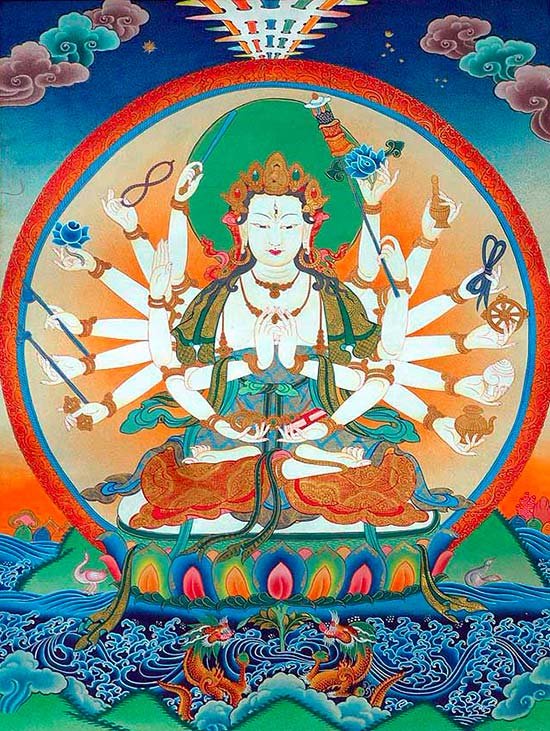Maha Prajnaparamita Sastra
by Gelongma Karma Migme Chödrön | 2001 | 941,039 words
This page describes “gatha (stanza)” as written by Nagarjuna in his Maha-prajnaparamita-sastra (lit. “the treatise on the great virtue of wisdom”) in the 2nd century. This book, written in five volumes, represents an encyclopedia on Buddhism as well as a commentary on the Pancavimsatisahasrika Prajnaparamita.
Fourth aṅga (member): Gāthā (stanza)
All the kie ‘verses’, if they are composed of six, three or five metric feet (pada) or an undetermined number of metric feet, are called k’i-ye ‘geya’ and also k’ie-to, ‘gathā’, the stanza.
